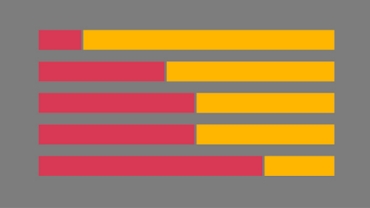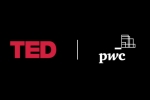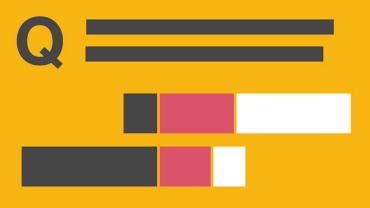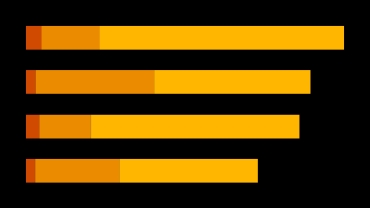
An 18-year-old woman entering the workforce today will not see equal pay in her working lifetime, according to PwC’s 2023 Women in Work Index, which examined workforce statistics in 33 member countries of the Organisation for Economic Co-operation and Development (OECD). Even as CEOs are being increasingly challenged on the diversity of their workforces, the gender pay gap has actually widened in those countries, with the Index showing an increase of 0.6% over the previous year, to 13.8%. That’s just 3 percentage points lower than it was a decade ago. Despite lower unemployment and a rebound in the share of women participating in the workforce, eight countries in the index—Slovenia, New Zealand, Estonia, Portugal, Germany, Italy, Israel and Switzerland—have wider pay gaps than they did before the pandemic.
What’s hampering progress? Persistent gender norms. Women continue to take on the lion’s share of unpaid childcare. This circumstance was exacerbated during the pandemic, when women spent an average of eight additional hours per week caring for children compared to men—a disparity that hasn’t gone away with the lifting of covid restrictions. That unequal burden gives rise to a ‘motherhood penalty’—the loss in lifetime earnings experienced by women raising children—characterised by underemployment and slower career progression after returning to work. Mothers experience a 60% drop in earnings compared to fathers in the decade following the birth of a first child, and women have lower pension balances at the end of their working lives. The motherhood penalty is now the most significant driver of the gender pay gap.
A possible leveller: Equal Paid Parental Leave policies designed to incentivise parents to take advantage of the paid-leave provisions offered by employers in a more equitable way. OECD countries that have adopted these policies—such as Iceland and Sweden—are consistently among the top performers in the Index across a range of metrics. (For example, Iceland reported the highest female labour force participation rate across the OECD in 2021 at 82%, followed closely by Sweden, at 81%.) For the C-suite, the cost of extending parental leave policies may feel prohibitive—at the moment, employers are responsible for funding such extensions—but leaders who prioritise generous parental leave not only stand to boost their company’s ESG credentials, but may also be able to reap savings in the future from reduced recruitment and turnover costs.
Explore the full results of PwC’s 2023 Women in Work Index.
Contact us






















